Features
- 1. Electrical part: motor with wind shoulder, ammeter, voltmeter.
- 2. Ammonia fuel cell.Hydrogen’s electrons travel from the anode to the cathode through an external circuit, generating an electric current. At the cathode, the electrons, protons, and oxygen in the air combine to produce water, which is the main by-product of the fuel cell.
- 3. PEM (proton exchange) water electrolyzer.Gaseous hydrogen is sent to the anode of the membrane, and air is sent to the cathode. The hydrogen atoms are stripped of electrons on the anode side, and the positively charged protons pass through the membrane to reach the cathode. In order for this reaction to occur, a platinum catalyst must be used.
- 4. The two proton exchange membrane electrodes in the organic base and the presenter are 35mm*35mm. Experimental steps. Add deionized water to the water level in the PEM water electrolyzer. The amount of water should not be too much to prevent water from flowing into the battery. After adding water, connect the hydrogen gas outlet on the water electrolyzer to the hydrogen gas inlet on the electrical energy with a gas pipe.
- 5.Then connect the 6V-12V DC power supply to the positive and negative wiring of the water electrolyzer part, and connect the transportation line of the electrical part to the electric energy after 2-3 minutes, the small motor starts to work, and the current is displayed on the current and voltmeter. Positive value.

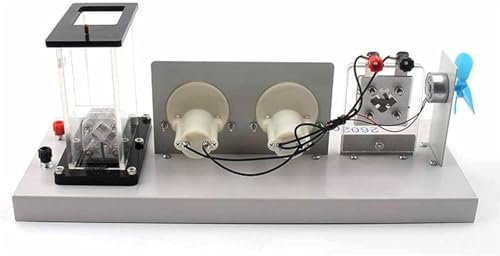
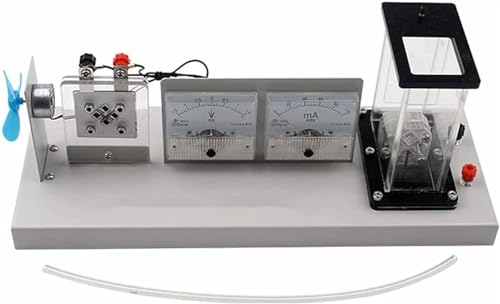
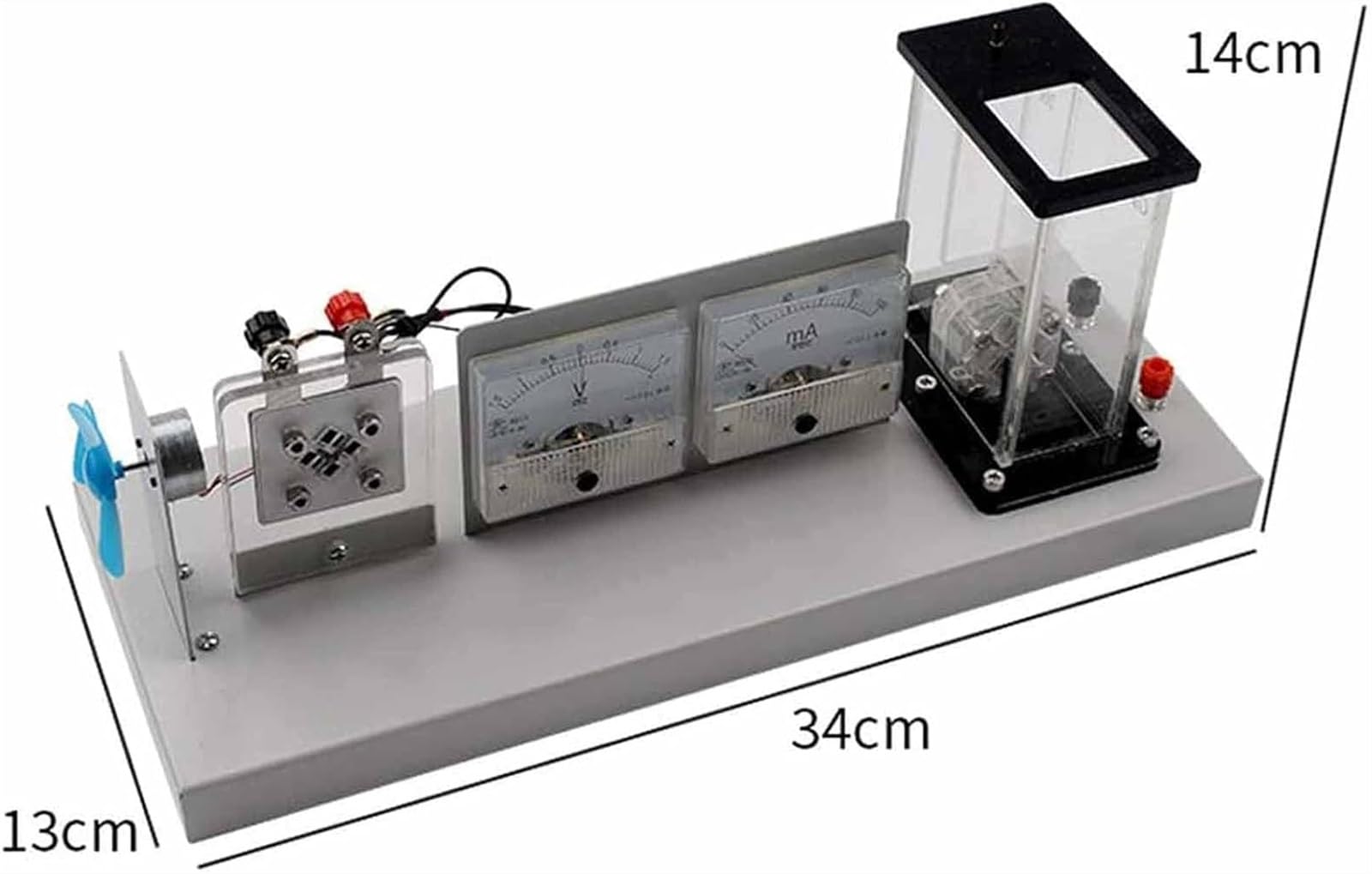
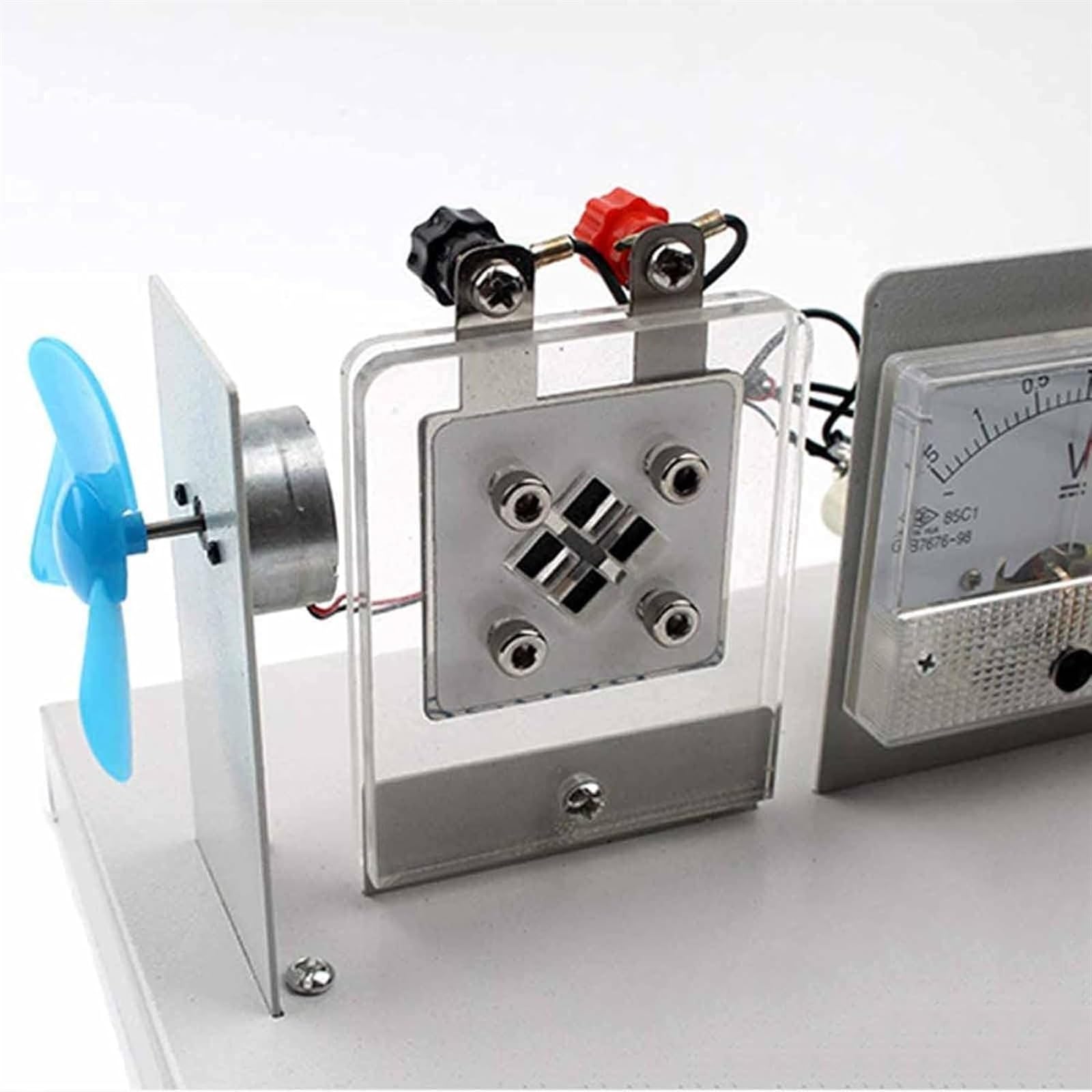
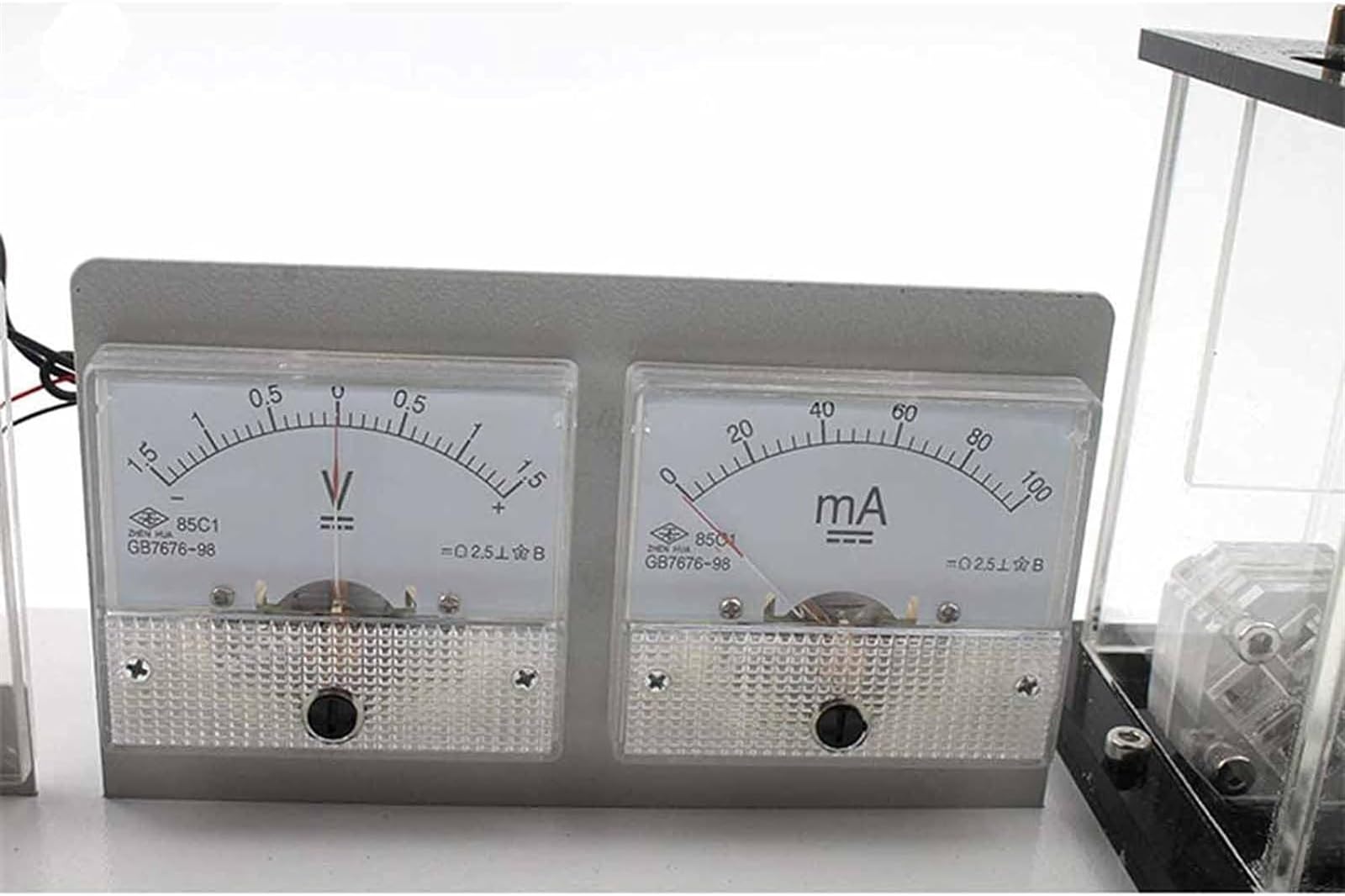

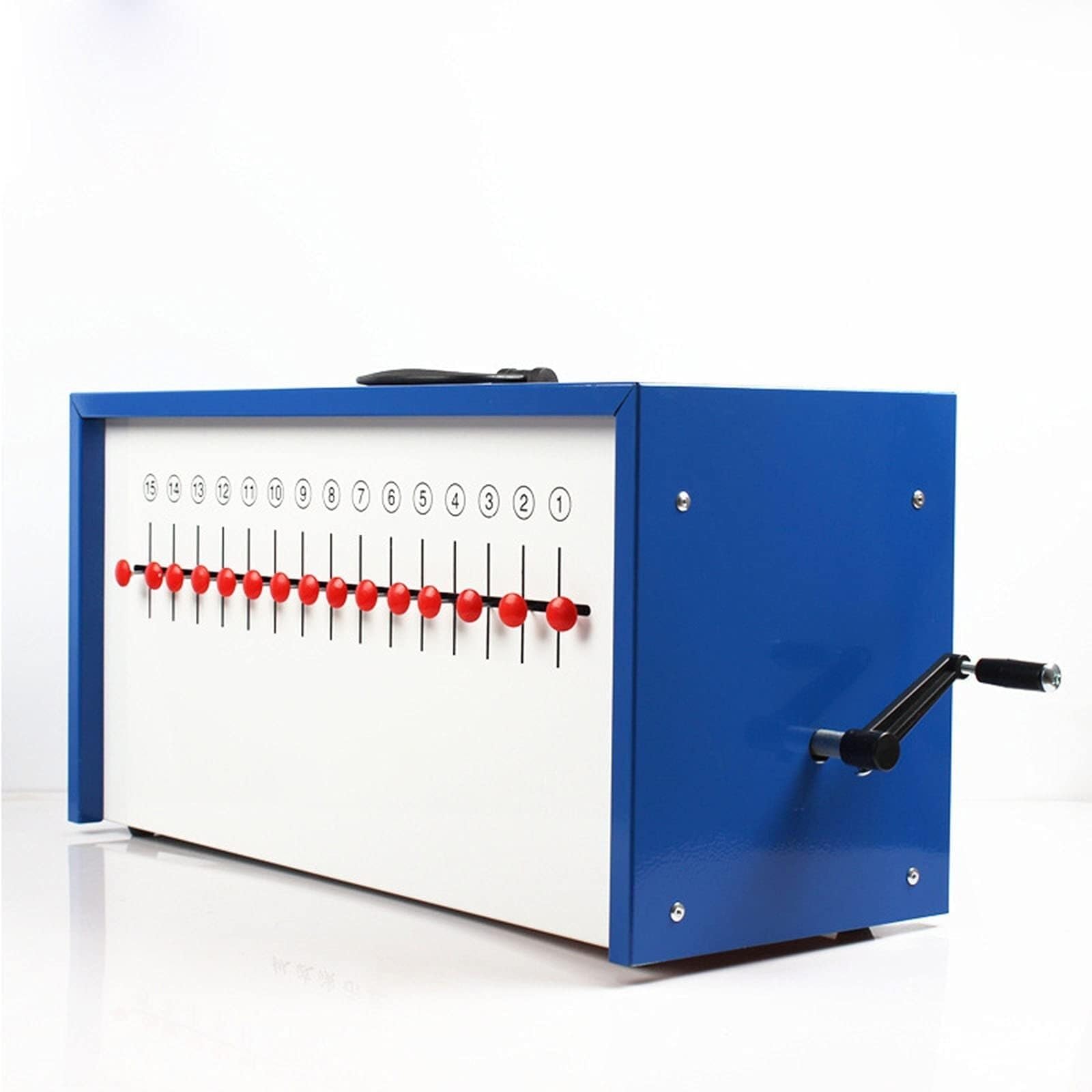


Reviews
There are no reviews yet.